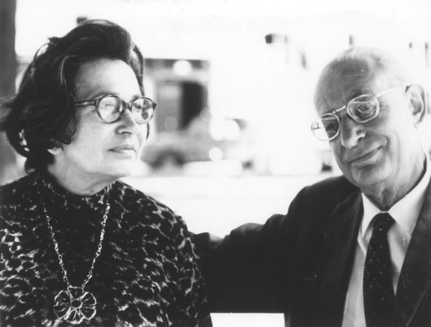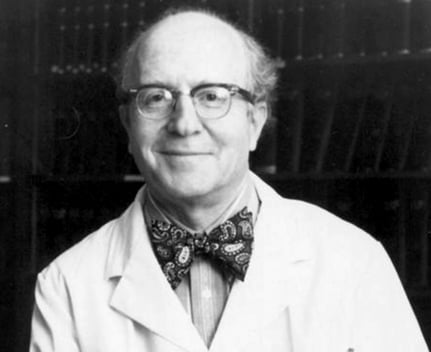The Pioneers of Empathy in Health Care
Enid and Michael Balint
Role: Psychoanalyst and social worker, Enid was the wife and intellectual partner of Michael Balint, who was one of first (if not the first) healthcare professional to use the term “patient-centered” in his seminal 1969 book The Doctor, His Patient and the Illness.
Contribution: Known for their work on the doctor-patient relationship, especially from a psychodynamic and relational perspective.
Relevance: Both focused on the emotional dimensions of healthcare—how trust, empathy, and understanding shape the clinical encounter and outcome. Their emphasis on seeing the patient as a person, not just a biomedical case, is foundational to the concept of healthcare that orients itself around the needs of individuals.
Tie to Market-Driven Care: The couple’s work implies that the “market”, in terms of the lived realities of patients, must be understood through empathy, qualitative insight, and a relational framework. This aligns with LIFT’s belief that solid marketing starts with solid understanding.
George Engel
Role: Internist and psychiatrist; creator of the biopsychosocial model in the 1970s.
Contribution: Argued that healthcare should integrate biological, psychological, and social dimensions of the patient experience, not just treat diseases in isolation.
Relevance: Engel was reacting against the overly reductionist biomedical model. He believed that patients live in a world of relationships, emotions, cultural context, and personal meaning—and that these must be taken into account to deliver effective care.
Tie to Market-Driven Care: If a health system is truly market-driven, it listens not only to demand signals (appointments, revenue, search volume) but also to the psychosocial realities of the people it serves. Engel’s model provides a framework for integrating those realities into both care delivery and, by extension, the strategic orientation of marketing.


